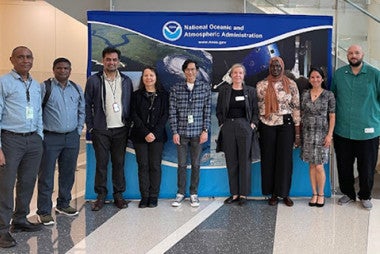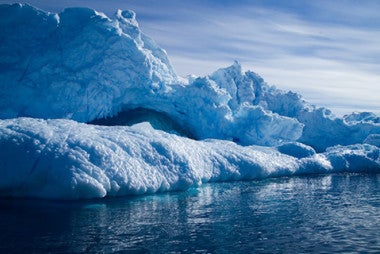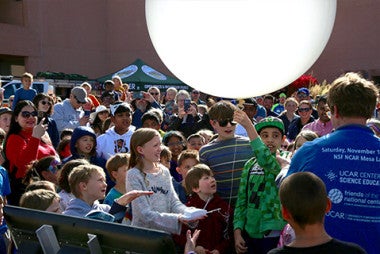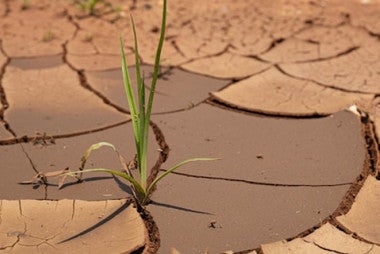Social Science Informing How Weather Information is Received
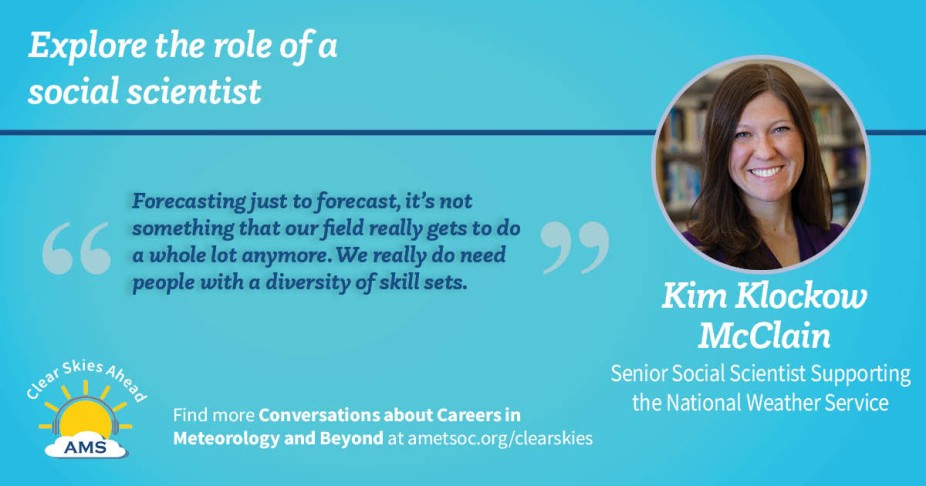
CPAESS Senior Research Scientist Kim Klockow McClain who is based at the NOAA National Weather Service is interviewed on the AMS podcast.
How do people receive, process and respond – or not -- to weather information? The study of how and why people behave in a particular situation is the realm of social science, and in recent years, the National Weather Service has been incorporating social science research into its meteorological science activities to create actionable information for the public.
A leading researcher in this emerging area, CPAESS Senior Research Scientist Kim Klockow McClain who is based at the NOAA National Weather Service in Norman, Oklahoma, was recently interviewed on Clear Skies Ahead: Conversations about Careers in Meteorology and Beyond, a podcast series of the American Meteorological Society. Here she spoke about the intersection of meteorology and social science, creating social science positions within the weather, water, and climate industries, and mobilizing people and ideas to positively impact communities.
McClain’s fascination with the weather was triggered by the Plainfield tornado that struck Northern Illinois in 1990. This devastating event started her journey to understand how people decide to respond to severe weather and the choices they make.
In the mid-2000s when McClain was an undergraduate at Purdue University, there wasn’t a clear-cut path to studying meteorology and combining it with the social sciences. Ultimately, she settled on meteorology, psychology and economics to study the science of meteorology along with the science of human behavior and the science of risk decision.
Her current role with NOAA takes full advantage of her knowledge of the social, behavioral and economic sciences. McClain is spearheading capabilities to “monitor and evaluate success of forecast and warning communication strategies.”
Listen to the podcast here. Learn more about Kim Klochow McClain here.


